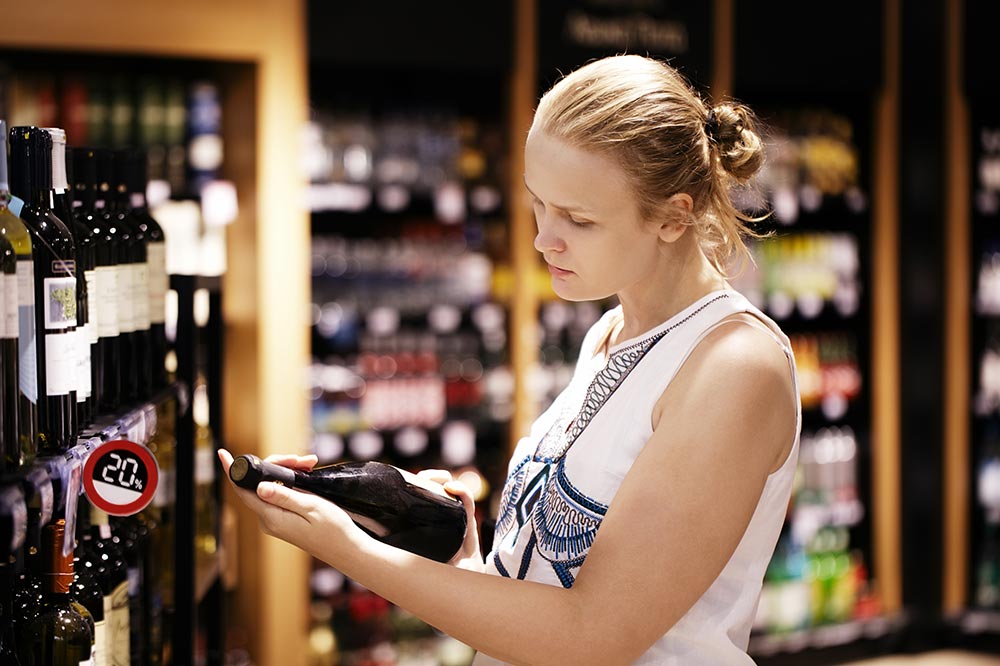Great owners and managers know how much alcohol sales impact sales for restaurants with bars— and particularly wine. At the same time, seasoned servers know what effect wine sales can have on the success of a shift!
Not only does a bottle of wine added to a meal mean a larger check (which can lead to a larger overall tip), but providing the right wine to the guest can make all the difference to the guest’s experience, encouraging a larger percentage of tip. For the benefit of your servers and your business as a whole, it’s crucial that the serving staff have the best tools at their disposal to sell wine – and that’s where you come in.
With Valentine’s Day right around the corner, below are 6 ways you can make sure your staff is ready to sell wine from day one, and how it can make the difference for your guests’ experience.
1. Treat wine like any other menu item.
As you know, any new server should get comprehensively trained on the food menu of your restaurant, but it’s just a smart idea to go over the wines during this period as well. Explain the wine menu thoroughly, but also reinforce the points in the meal when you’d like the servers to bring up the wine selection.
For instance, servers usually ask about drinks for the table during the server’s initial table greeting, but wine can also be suggested during the entrée ordering. Dessert wines can be mentioned after the main course is completed, too.
And you want to upsell wine the way you would any other menu item. You don’t want to be too pushy and try to force a guest to go with a more expensive wine if they aren’t interested, but if you read the table and see that they’re ordering glasses of the same (or very similar) wines, suggest they order a bottle.
2. Don’t train once and forget it.
Because this (and the wine list itself) will be a lot of information to digest, make it clear to the new server that this won’t be the one and only time they’ll have a chance to learn about the wine list.
To start, have them concentrate on a few of the more popular wines from various styles. When a guest asks for a robust red or a dryer white, even a newer server should have an idea of one of the popular choices in that category that they can suggest to the table. Then, continue training for wine selling over time.
3. Make it fun and informative.
Schedule periodical small tastings for your service staff so they can keep well-informed about the wines at your restaurant. Make sure these training sessions are fun, but still focused on education for your staff. For instance, you can lead the discussion on specific pairings between your menu items and the wine your staff is trying.
You can also include pronunciation guides for each wine so that your servers who don’t speak Italian, French, or German can feel confident saying each wine’s name in front of the customer. Remember: competent and knowledgeable servers add more credibility to your restaurant’s reputation. This training isn’t simply for their edification. It runs right to your bottom line.
4. Enlist an expert.
Investigate if a local sommelier, winery, or wine shop offers group classes and invite your staff out for an afternoon of learning about wine. Yes, this will be a business expense on your part, but planning a group activity like this is both a much needed ongoing education opportunity and a fun morale booster.
Online training services and wine pairing books are available for general knowledge, too, and could be helpful for those servers who learn better when they have supplemental reading and visuals.
5. Practice makes perfect.
Another idea for wine training? Set up some interactive practice scenarios! Sit down as a potential guest (and have your other servers play guest, too) and run through some different possible server situations one person at a time.
How do your servers handle an indecisive guest ordering wine? What should they do if the guest wants to order a wine that’s totally incongruent with the rest of their meal? Are they prepared with good choices if the guest simply gives them a basic price range and says “Surprise me”? Do they know what to say if the guest has just placed their entrée order but wants to know what bottle would go well with the dish?
And don’t forget the little details, like if your restaurant offers half bottle options for smaller tables, if your state allows patrons to take home open bottles of wine, or when it’s appropriate to upsell. All these details could mean the difference between a wine order or just sticking with water.
6. Be patient.
With all these scenarios, the important thing as the manager is to encourage each server to think on their feet – praise them for smart decisions, and give constructive (encouraging) feedback if you see a good alternative to their choice. It’s not about giving your servers pass-or-fail tests, but letting them test their wine knowledge and communication skills outside of a stressful evening’s service.
Like with the rest of the menu, keeping track of big wine lists can be tough for servers. It’s even tougher if they think their manager or the restaurant owner will look down on them for asking questions well after they were originally trained on it.
Make sure to stress to your employees that asking questions is a good thing – that you want them to feel comfortable approaching you about the wine list so that they in turn can feel confident when selling wine to guests.
Want to give your servers a leg up on the many variations of sparkling wine? We dig into the world of Champagne — and why you may have been thinking about your favorite bubbly all wrong:







